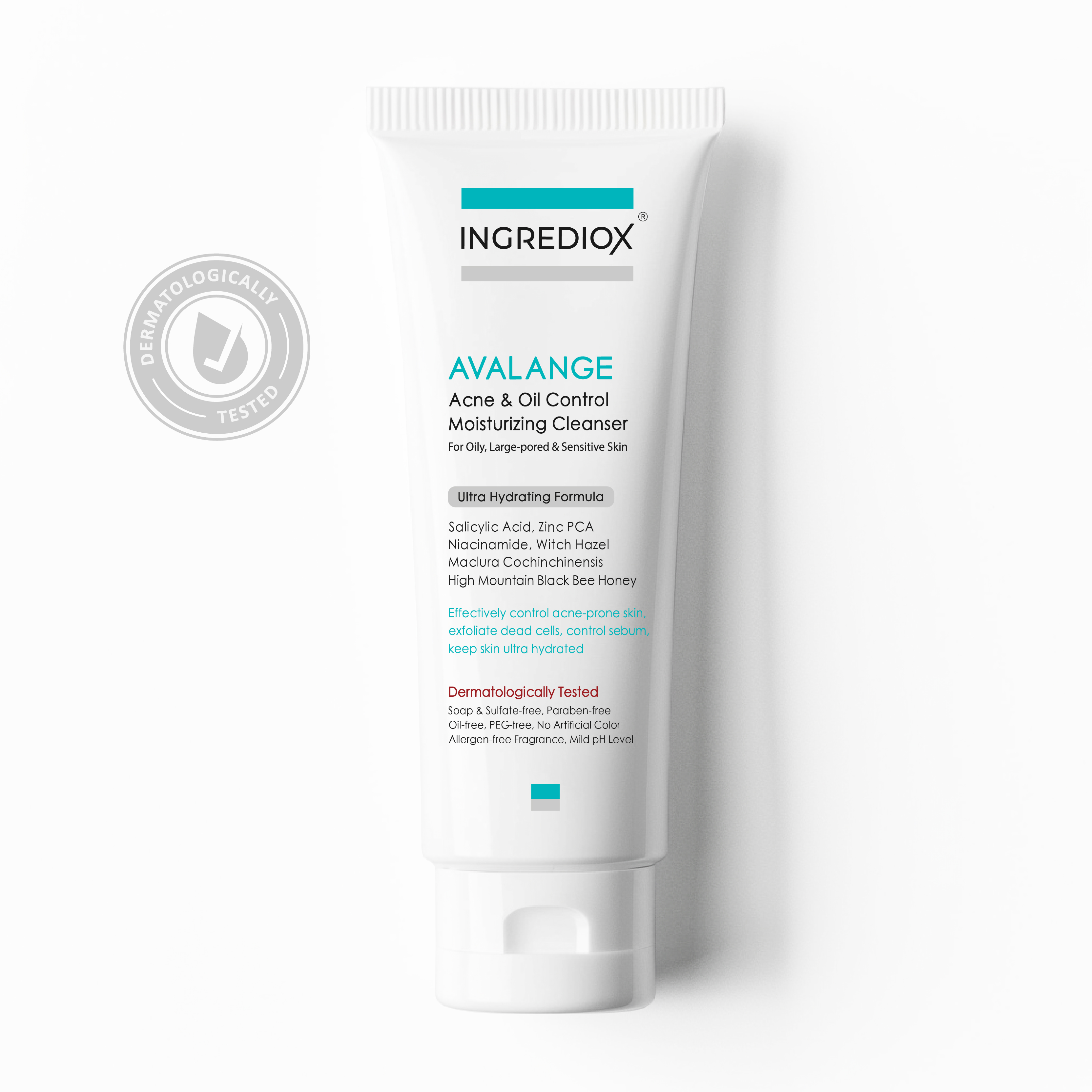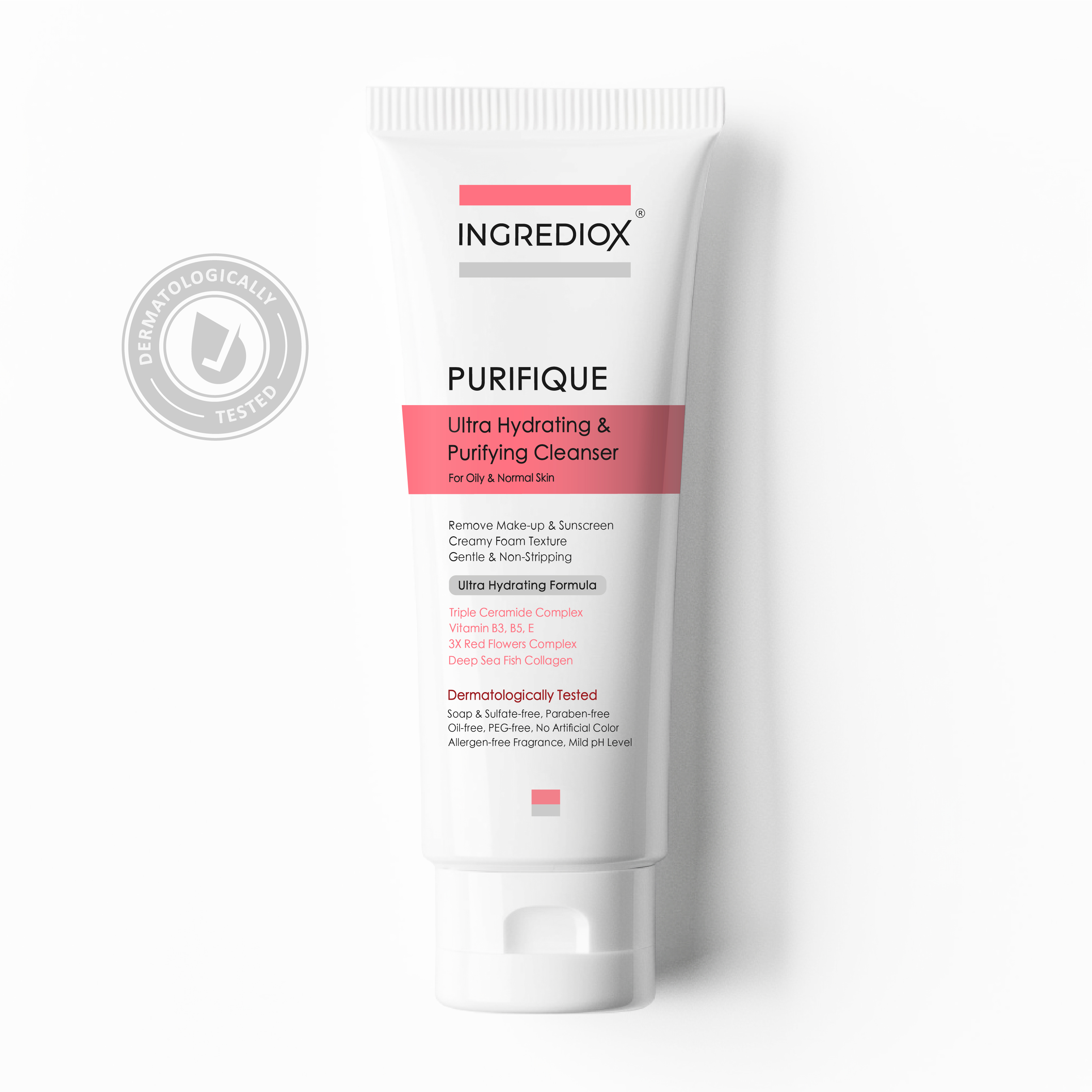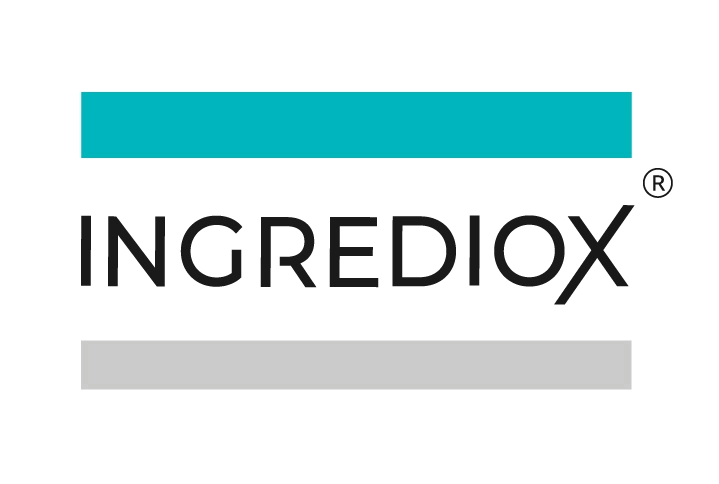The Role of Surfactants in Facial Cleansers: Types, Benefits, and How to choose right cleanser for your skin ?
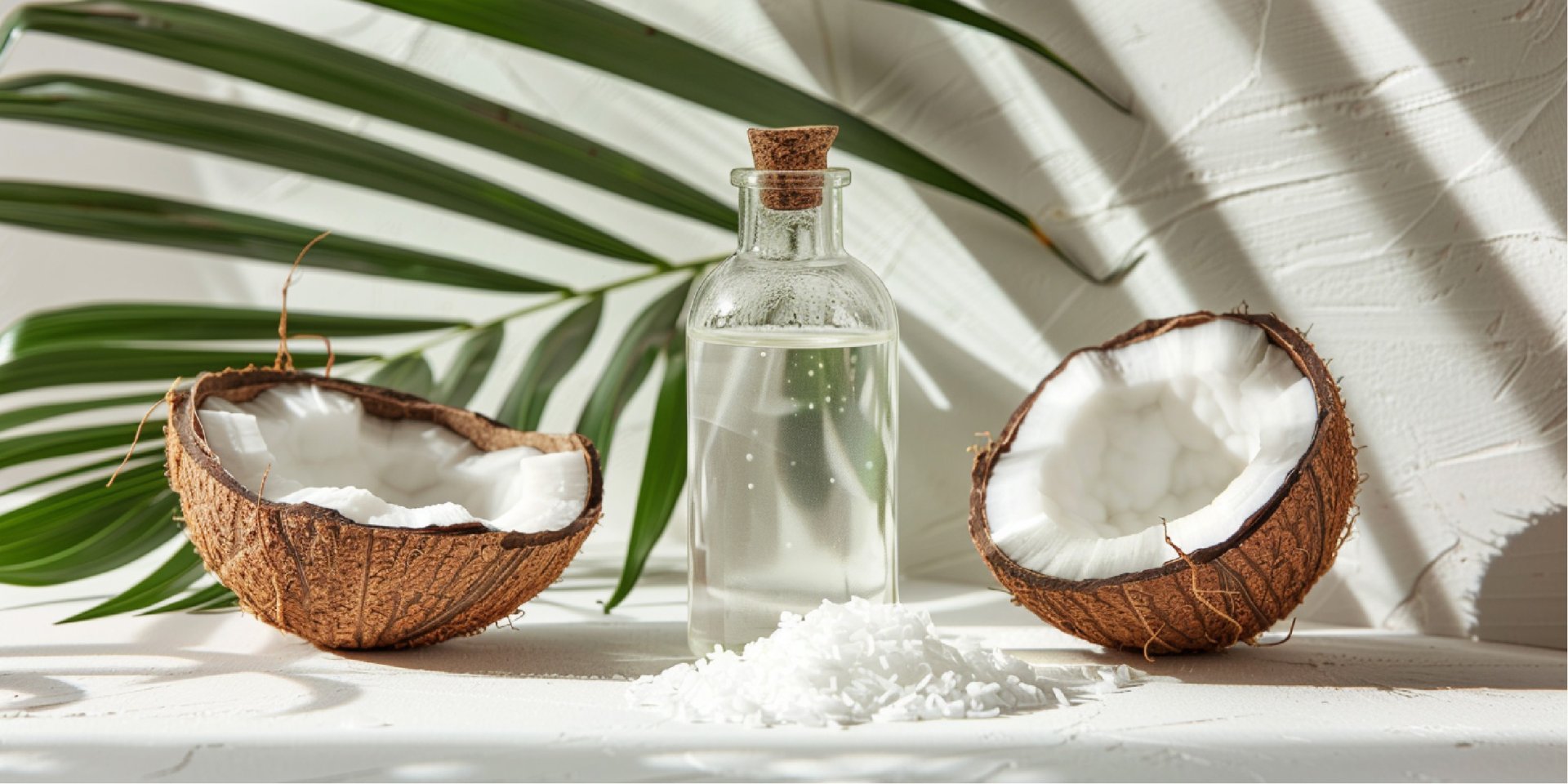
When it comes to skincare, understanding the ingredients in your facial cleanser is crucial for maintaining healthy and radiant skin. One of the key components in many cleansers is surfactants. But what exactly are surfactants, and why are they important?
What Are Surfactants and Their Importance?
Surfactants, or surface-active agents, are compounds that lower the surface tension between two substances, such as oil and water. In facial cleansers, surfactants help to emulsify and remove dirt, oil, makeup, and impurities from the skin. They are essential for effective cleansing, ensuring that your skin is thoroughly cleaned without residue.
Types of Surfactants
- Anionic Surfactants: These are negatively charged and known for their excellent cleaning properties. Common examples include sodium lauryl sulfate (SLS) and sodium laureth sulfate (SLES). They create a rich lather and are effective in removing oils and dirt.
- Cationic Surfactants: Positively charged surfactants, often used in conditioners and some cleansers. They have antimicrobial properties and help condition the skin. Examples include Cocamidopropyl Betaine.
- Nonionic Surfactants: These surfactants have no charge and are milder than anionic surfactants. Examples include Lauryl Glucoside and Coco-glucoside, which are derived from natural sources and are gentle on the skin.
- Amphoteric Surfactants: These surfactants can carry both positive and negative charges depending on the pH of the solution. They are often used in baby shampoos and sensitive skin products due to their mild nature. An example is Sodium Methyl Oleoyl Taurate.
Good or Bad Surfactants?
The quality and suitability of surfactants can vary. Anionic surfactants like SLS and SLES can be harsh and strip the skin of its natural oils, potentially causing dryness, irritation, and disruption of the skin barrier. These sulfates are known to cause sensitivity issues for many users and can lead to long-term damage if used excessively.
On the other hand, nonionic and amphoteric surfactants, such as Lauryl Glucoside, Coco-glucoside, and Sodium Methyl Oleoyl Taurate, are considered gentler and more skin-friendly. These alternatives provide effective cleansing without the harsh side effects associated with sulfates.
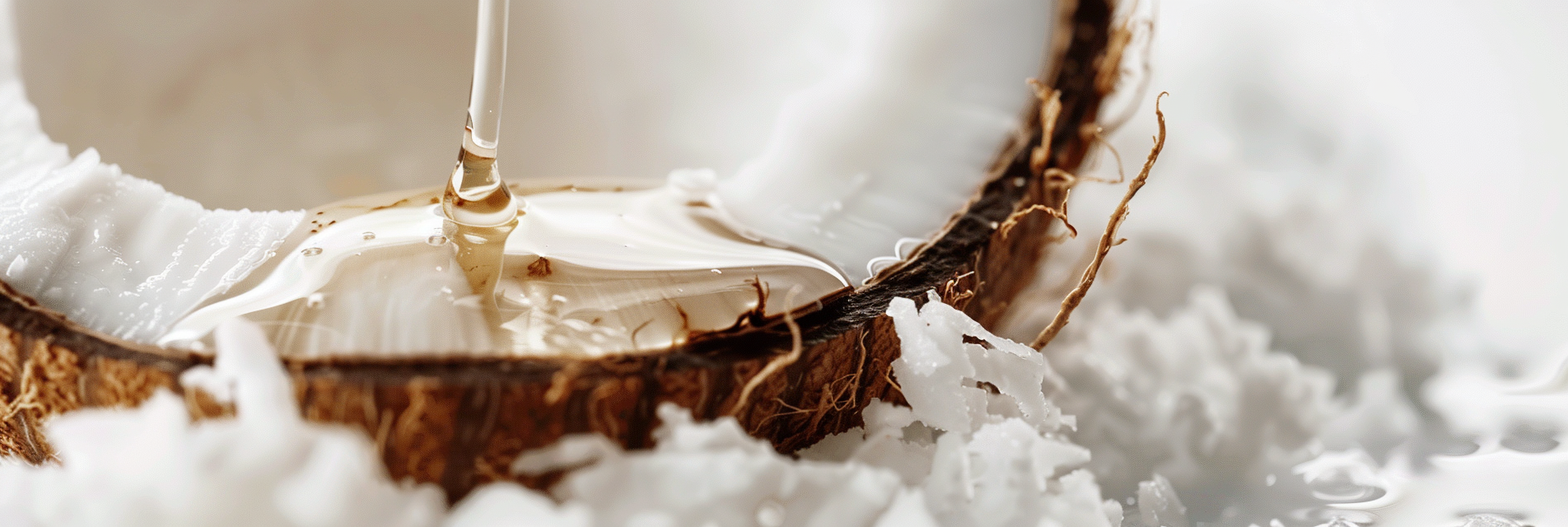
Selecting the right facial cleanser involves understanding the surfactants used in the product. To ensure gentle and effective cleansing, look for cleansers that contain mild surfactants. Here are some surfactants to consider when choosing a cleanser:
- Sodium Cocoyl Isethionate: A mild, biodegradable surfactant derived from coconut oil, providing gentle cleansing without stripping the skin.
- Sodium Lauroyl Methyl Isethionate: Another gentle surfactant, effective in removing impurities while maintaining skin hydration.
- Cocamidopropyl Betaine: Known for its conditioning properties and mildness, suitable for sensitive skin.
- Lauryl Glucoside: A nonionic surfactant derived from natural sources, gentle and suitable for all skin types.
- Coco-glucoside: Mild and biodegradable, perfect for those looking for eco-friendly options.
- Sodium Methyl Oleoyl Taurate: An amphoteric surfactant that is gentle and effective, ideal for sensitive skin.
By opting for cleansers with these surfactants, you can ensure that your skin is cleansed thoroughly without compromising its health.
